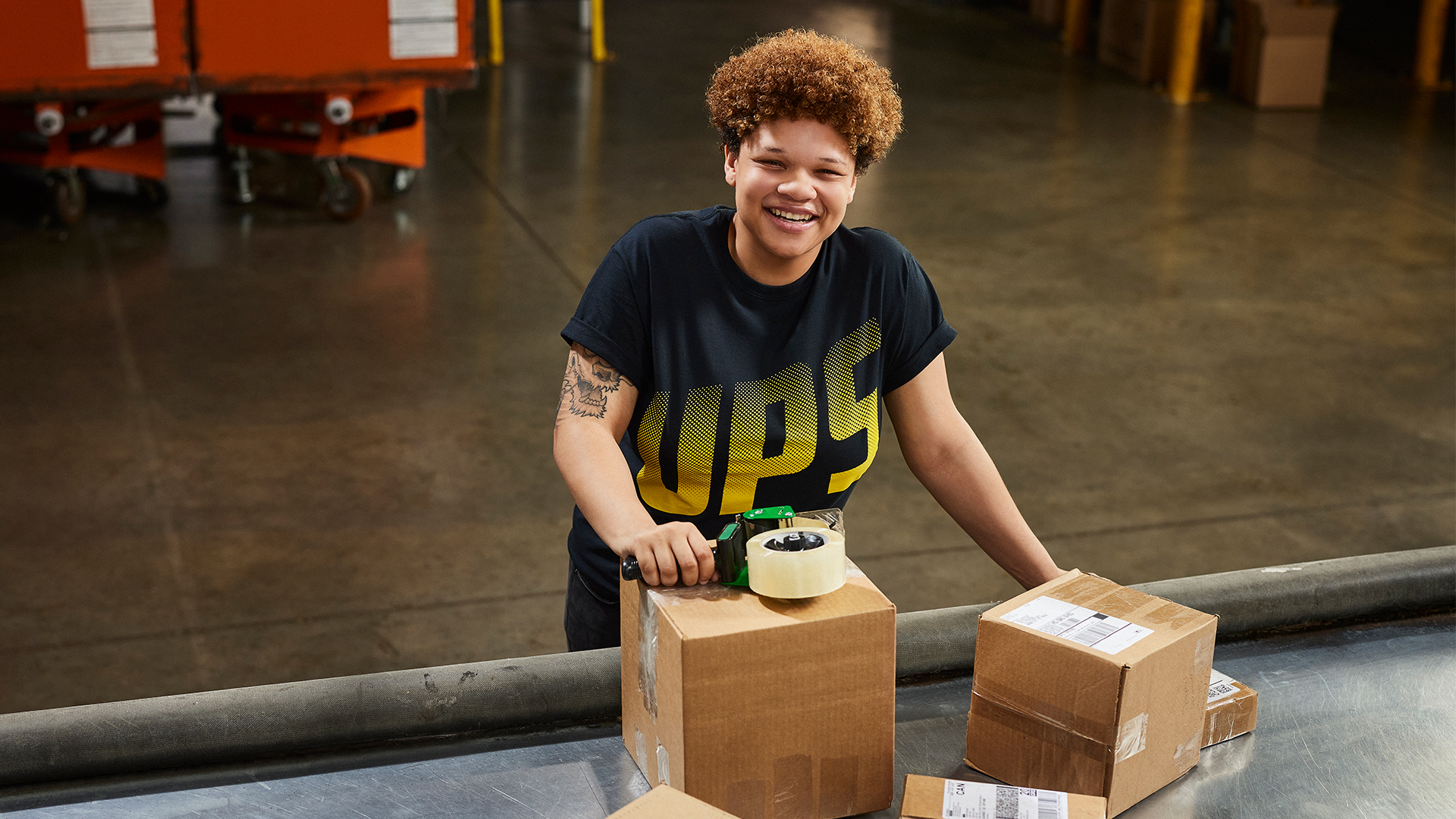Rieva Lesonsky, a renowned expert in small business and entrepreneurship, recently shared insights on the changing landscape of consumer behavior and retail trends for 2025. In her article, she highlights the evolving preferences of modern consumers, emphasizing that purchasing decisions are no longer solely based on product quality and price. Instead, consumers are now considering factors such as sustainability, ethics, and brand values when making their choices.
The holiday shopping season in 2024 was a success for U.S. retailers, with a significant increase in sales compared to the previous year. According to a preliminary report from Mastercard SpendingPulse, holiday sales saw a 3.8% growth, with online retail sales rising by 6.7%. This shift towards online shopping is a trend that is expected to continue, as consumers seek convenience and value in their shopping experiences.
Looking ahead to 2025, retailers are advised to focus on three key trends to stay competitive in the market. Firstly, with concerns about rising inflation and unemployment, consumers are becoming more cost-conscious. Retailers can engage with value-driven consumers by offering discounts, promotions, and private label options.
Secondly, consumers are increasingly prioritizing higher-quality, longer-lasting products over cheaper alternatives. Retailers can capitalize on this trend by effectively communicating the value and durability of their products through marketing and in-store displays.
Lastly, transparency around sustainability, diversity, and social responsibility is crucial for attracting conscious consumers, particularly Gen Y and Gen Z. Companies like REI, with their commitment to environmental conservation, have successfully built loyalty among consumers who align with their values.
In addition to these consumer trends, retailers in 2025 will focus on enhancing customer loyalty through strengthened connections. By adapting to shifting consumer behaviors and values, businesses can earn the trust and loyalty of their customers, ultimately driving sales and success in the competitive retail landscape.
Furthermore, the article delves into the importance of predictive and preventative solutions for retailers in 2025. By digitizing processes, streamlining in-store checks, and integrating IoT sensors, retailers can improve operational efficiency, reduce costs, and enhance the overall customer experience.
The state of last-mile delivery is also highlighted, with a focus on factors such as tariff impacts, AI and machine learning, gig economy drivers, and the diversification of delivery carriers. These factors will play a significant role in shaping the future of last-mile delivery and its importance in the retail industry.
Moreover, the article discusses the growing trend of retailers embracing marketplaces, the demand for a blended B2B and B2C experience, and the shift towards small businesses selling directly to consumers. These trends reflect the evolving dynamics of the retail sector and the need for businesses to adapt to changing consumer preferences and market demands.
In conclusion, Rieva Lesonsky’s article provides valuable insights into the retail trends and consumer behaviors shaping the industry in 2025. By staying attuned to these trends and implementing strategic initiatives, retailers can position themselves for success in a rapidly evolving market.


















